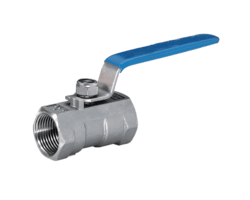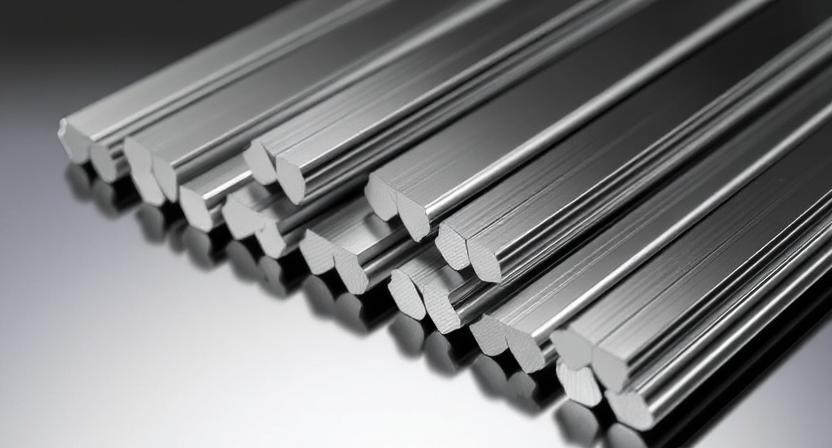Stainless Steel 317L Ball Valves
Stainless Steel 317L Ball Valve, a valve that has earned a reputation for its superior performance in even the most demanding environments. Ferrobend, a leading manufacturer of high-quality ball valves, specializes in the production of Stainless Steel 317L Ball Valves, offering an optimal solution for industries requiring exceptional strength and resistance to corrosion, particularly in highly corrosive environments. This article explores the key features, manufacturing process, applications, and benefits of Stainless Steel 317L Ball Valves manufactured by Ferrobend. Ferrobend, a renowned name in the valve manufacturing industry, stands out for its meticulous approach to producing high-quality Stainless Steel 317L Ball Valves. From the raw materials to the final product, Ferrobend ensures that every step of the manufacturing process adheres to stringent quality standards, delivering a product that meets or exceeds the expectations of its customers.

The ball valve features a spherical closure element, the ball, which has a hole in the center. When the valve is open, the ball is aligned with the pipeline, allowing for unrestricted flow. When closed, the ball rotates 90 degrees to block the flow. This simple yet highly effective mechanism makes the ball valve one of the most reliable and efficient valve types in the market.
Stainless Steel 317L Ball Valves are essential components in a wide variety of industrial applications, designed to control the flow of liquids, gases, and other substances through pipelines. The "317L" refers to the material composition of the valve, a low-carbon version of the 317 stainless steel alloy, which is enriched with molybdenum. This alloy enhances the valve's resistance to corrosion, making it particularly suitable for industries where aggressive chemicals or high temperatures are present.
Once the raw material is sourced, the next step is precision machining. Ferrobend utilizes advanced CNC (Computer Numerical Control) machines to ensure that the ball valves are manufactured with exceptional accuracy. The machining process includes the shaping of the valve body, ball, stem, and other components to precise tolerances. This level of precision guarantees that the ball valve will perform seamlessly and reliably throughout its service life.
Ball Valves Specifications
| Size Range | 2" to 72" |
|---|---|
| Body | Gray Iron, Cast Iron, Ductile Iron, CF8, CF8M, CF3M, CD4MnCuN, 904L |
| Seat | Nitrile, EPDM, Viton, Hypelon, Neoprene, PTFE, Metal 317L, 316, 904L, 2205, 2507, Inconel 625, 718, Hastelloy C276, C22 |
| Disc | Cast Iron, Cast Steel, Ductile Iron, CF8, CF8M, CF3M, CD4MCuN, 2205, 2507, 904L, Inconel, 600, 625, 718, Hastelloy C22, C276 |
| Stem | AISI 410, 317L, 316, 316L |
| Seat Leakage | |
| Temperature Range | |
| Pressure Rating | |
| End Connection | Welded or Flanged to suit B16.5, B16.47, BS Table D/E, EN 1092-1 |
| Operation | Manual Gear Or Lever, Motorised, Pneumatic Actuator |
